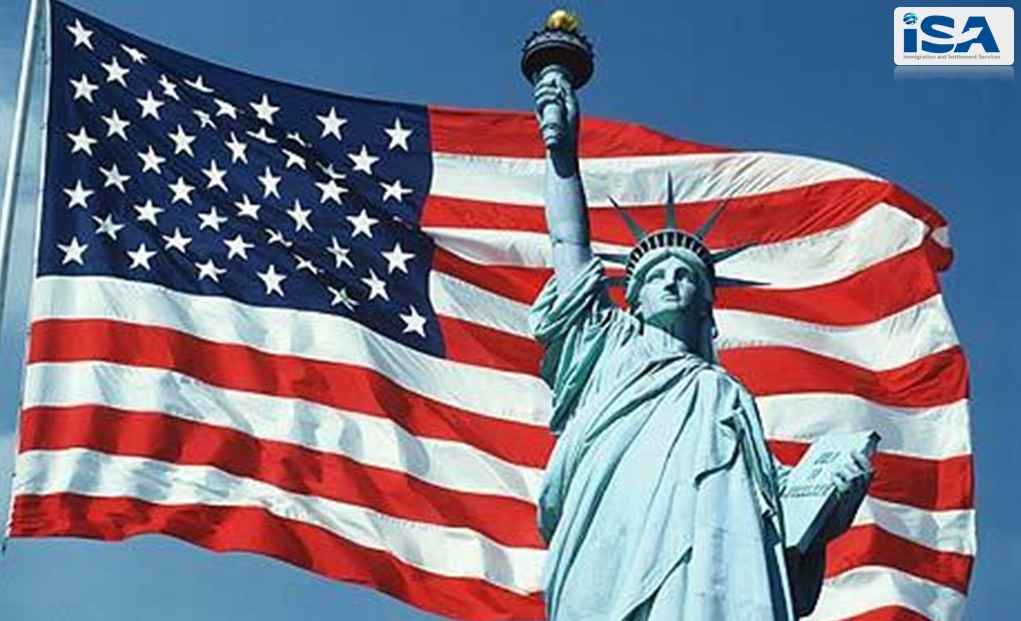The number of Indian students in the US has multiplied, and EB-5 regulations effective November ‘19

In spite of the fact that the pace of development of Indian students going to the US for education has decreased, however, the nation still pulls in the highest number of students from India.
There are around 200,000 Indian students concentrating in the US starting a year ago, the US has in excess of 4,700 institutions of advanced education.
While there was 5 percent development a year ago, the number of Indian understudies in the US over the recent 10 years has just multiplied – which is an extremely positive sign. The US keeps on offering the best education foundations in the globe.
Courses looked for ….
While Science, Technology, Engineering, and Mathematics (STEM) keep on being the prevailing course, there are also students from India who are choosing different courses like music, show, aesthetic sciences. We need to ensure that Indian understudies comprehend that the US is simply not STEM but also for different fields like interactive media, art, and design.
Stringent New EB-5 Regulations Take Effect November 21
The base standard EB-5 venture will increase to $1.8 million and the base Targeted Employment Area (TEA) investment to $900,000.
USCIS will have a restrictive position to assign TEAs dependent on another system that could restrain urban advancement ventures.
EB-5 applicants will hold their unique spot in the green card line if conditions outside their ability to control –, for example, a material change in a venture marketable strategy – expect them to file another appeal.
Existing principles will keep on being in actuality for Form I-526 investor petitions recorded before November 21, 2019. In any case, a currently endorsed Regional Center undertaking that doesn’t meet the new criteria will never again is qualified for EB-5 investment as of November 21, 2019.
The issues
U.S. Citizenship and Immigration Services have released some guidelines that will roll out huge improvements to the EB-5 Immigrant Investor Program, incorporating an 80% expansion in venture essentials and limitations that will constrain EB-5 tasks in urban territories. The new principles will produce results on November 21, 2019.
Key changes to the EB-5 program are examined beneath.
Higher investment edges
True to form, the base for standard EB-5 speculations will increase to $1.8 million, from $1 million.
USCIS had initially proposed to increase in the base TEA speculation to $1.35 million, but yet not to raise the threshold to this degree.
Stricter criteria for assigning Targeted Employment Areas
The new guidelines will wipe out state inclusion in the assignment of Targeted Employment Areas and limit TEAs to carefully separated territories.
Under existing principles, TEA is a rural region or one that has an unemployment pace of 150 percent of the national average. States are vested with expansive power to assign high joblessness regions, and program guidelines enable authorities to set TEA fringes that best reflect nearby socioeconomics. High-unemployment TEAs would thus be able to stretch out over different registration tracts and incorporate regions that are topographically inaccessible from an investment venture.
The new guideline will give USCIS the power to assign high unemployment TEAs and dispose of the state association. USCIS will never again allow the incorporation of increasingly remote high-joblessness regions from which U.S. laborers may drive to TEA employments. This new procedure will imply that it will be increasingly hard for urban improvement ventures – among the most looked for by outside financial specialists – to fit the bill for the lower EB-5 investment limit.
Associating with ISA Global for expert consultancy brings in a deep understanding of the immigration processes and solutions to all your queries related to your dream destination.
Leave a Reply